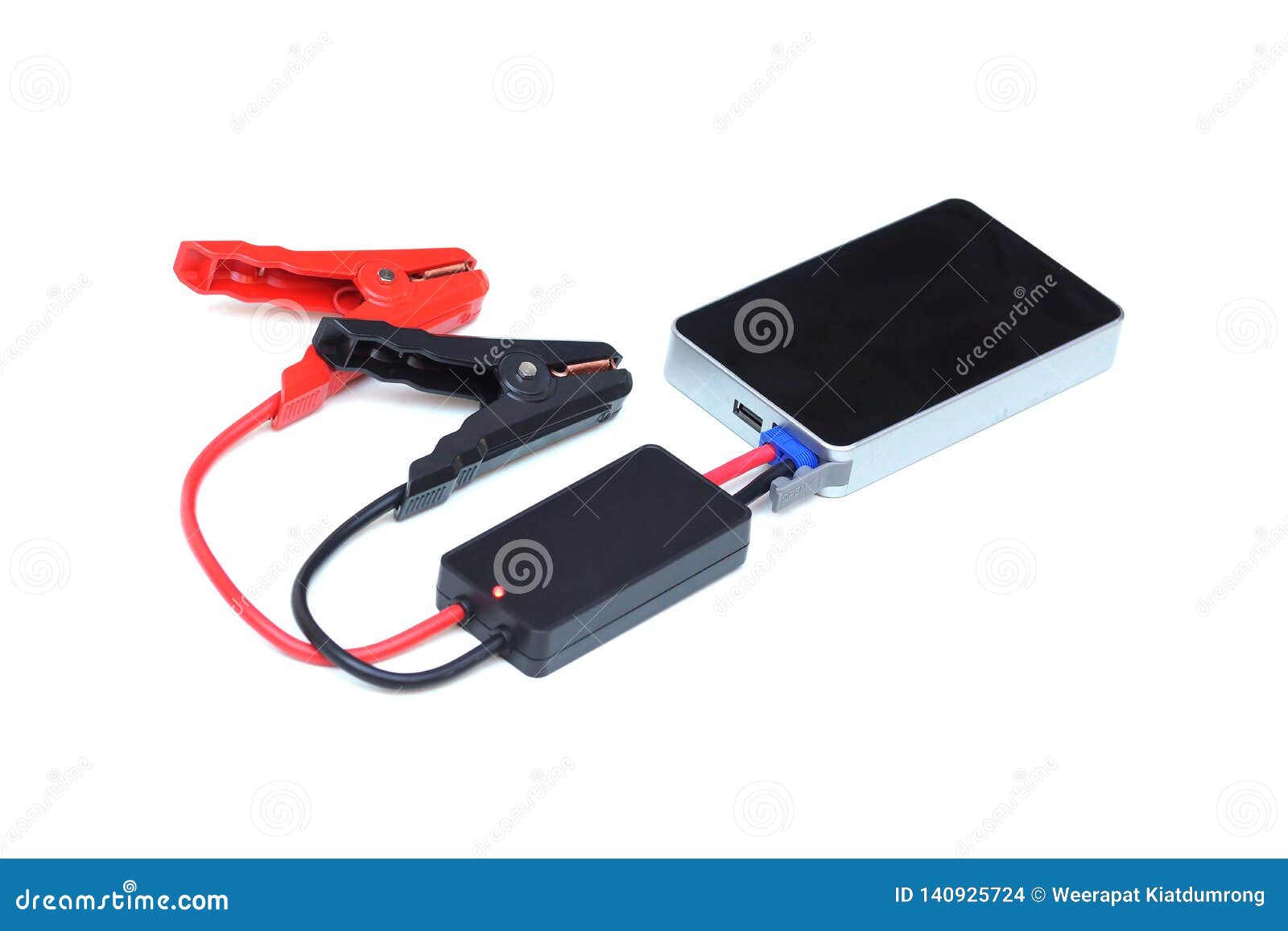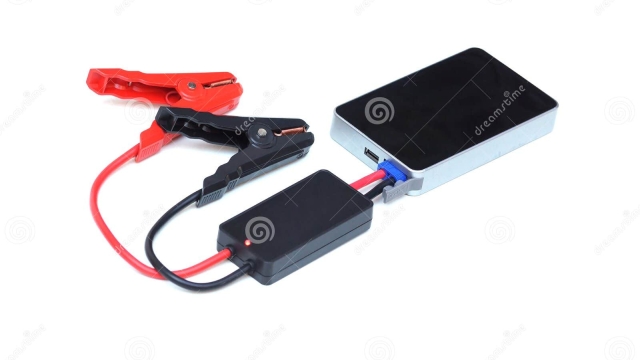Welcome to "Reviving the Ride: Mastering the Art of Flat Tire Change and Towing," where we explore the essential skills needed to handle unexpected car troubles. Whether you find yourself with a flat tire on a remote road or needing a tow to the nearest service station, knowing how to handle these situations can save you time, money, and unnecessary stress. In this article, we will delve into the step-by-step process of changing a flat tire, discuss the importance of having a reliable towing service on your side, and introduce you to "Rick’s Emergency Roadside Assistance," your trusted partner for 24/7 towing and roadside services in the bustling city of Chicago. So, let’s buckle up and prepare ourselves for whatever unexpected roadside adventures may come our way!
1. Car Jump Starts
In the unfortunate event of a dead car battery, a car jump start can be a lifesaver. Knowing how to safely jump-start your vehicle can save you time and money, as well as the hassle of waiting for roadside assistance. Here are some quick steps to follow:
-
Find a working vehicle: Look for a car with a fully charged battery to use as the power source for the jump start. It’s essential to ensure that both vehicles are parked in a safe location with their engines turned off.
-
Position the vehicles: Park the two vehicles close enough for the jumper cables to reach each other, but be cautious not to let them touch.
-
Connect the jumper cables: Locate the positive and negative terminals of both car batteries. Connect one end of the red (positive) jumper cable to the positive terminal of the dead battery, then connect the other end to the positive terminal of the charged battery. Next, connect one end of the black (negative) jumper cable to the negative terminal of the charged battery and the other end to a grounded metal surface of the dead vehicle, such as a bolt or bracket.
-
Start the working vehicle: Start the working vehicle’s engine and let it run for a few minutes. This will allow the charged battery to transfer power to the dead battery.
-
Start the dead vehicle: Attempt to start the engine of the dead vehicle. If successful, carefully remove the jumper cables in reverse order, ensuring that they don’t touch each other or any metal surfaces.
Remember, jump-starting a car can be risky if not done correctly. If you’re unsure about the process or encounter any issues, it’s best to contact a professional roadside assistance service like "Rick’s Emergency Roadside Assistance" for reliable and efficient help.
2. Car Lockouts
Car lockouts can be a frustrating experience, but with the right knowledge and tools, you can quickly get back on track. Here are some tips to help you handle a car lockout situation.
Firstly, take a moment to assess the situation. Double-check all the doors and windows to see if any are unlocked. It’s surprising how easy it is to overlook a small detail like an unlocked door. If you find an open window or door, it will save you time and effort in trying to unlock the vehicle.
If all the doors are locked, it’s time to consider alternative options. One method is to use a coat hanger or a slim jim to try to unlock the door. However, this method requires caution and can potentially damage your vehicle if not executed properly. It’s advisable to seek professional help if you are not experienced in using these tools.
Another option is to call a reliable roadside assistance service like "Rick’s Emergency Roadside Assistance." They specialize in car lockouts and have the expertise and appropriate tools to safely unlock your vehicle. Their 24/7 availability ensures that help is just a phone call away, no matter the time or day.
Remember, during a car lockout situation, it’s essential to remain calm and avoid taking any drastic measures that could cause damage. Patience and the right approach will help you resolve the situation efficiently.
3. Flat Tire Change
When it comes to dealing with a flat tire, knowing how to change it quickly and efficiently can save you a lot of time and frustration. Follow these steps to master the art of flat tire change.
First, find a safe location to pull over and park your vehicle. Make sure you are away from traffic and on a level surface. Turn on your hazard lights to alert other drivers of your presence. If you have any passengers, it’s important to have them exit the vehicle and stand in a safe area away from the road.
Next, locate your spare tire, jack, and lug wrench. These tools are usually located in the trunk or under the floor mat in the trunk compartment. Once you have them, use the lug wrench to loosen the lug nuts on the flat tire. Remember, it’s easier to loosen the lug nuts when the weight of the vehicle is still on the ground.
After loosening the lug nuts, position the jack under the vehicle’s frame near the flat tire. Make sure the jack is secure and won’t slip. Begin raising the vehicle by using the jack handle and lifting the car until the flat tire is off the ground.
Once the car is raised, fully remove the lug nuts and carefully take off the flat tire. Make sure to place the lug nuts in a safe spot to avoid losing them. Now, grab your spare tire and align it with the lug bolts. Push the spare tire onto the bolts until it is fully seated. Tighten the lug nuts by hand as much as possible.
Lower the vehicle back to the ground using the jack and remove it from under the car. Finally, use the lug wrench to fully tighten the lug nuts in a star or crisscross pattern. This will ensure proper and even tightening.
Remember, if you are unsure about changing a flat tire or encounter any difficulties, it’s always a good idea to contact a professional service like "Rick’s Emergency Roadside Assistance." They can provide you with the necessary assistance in flat tire change and towing, ensuring your safety and peace of mind on the road.







